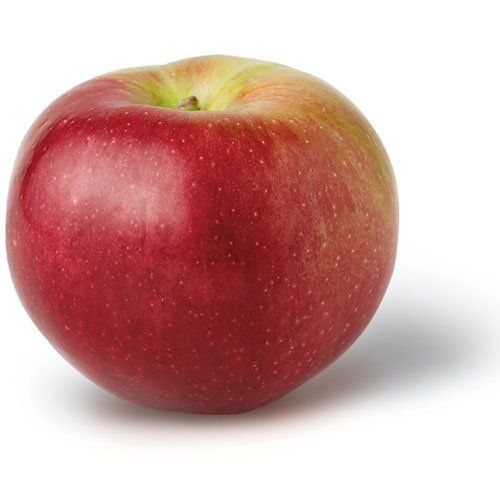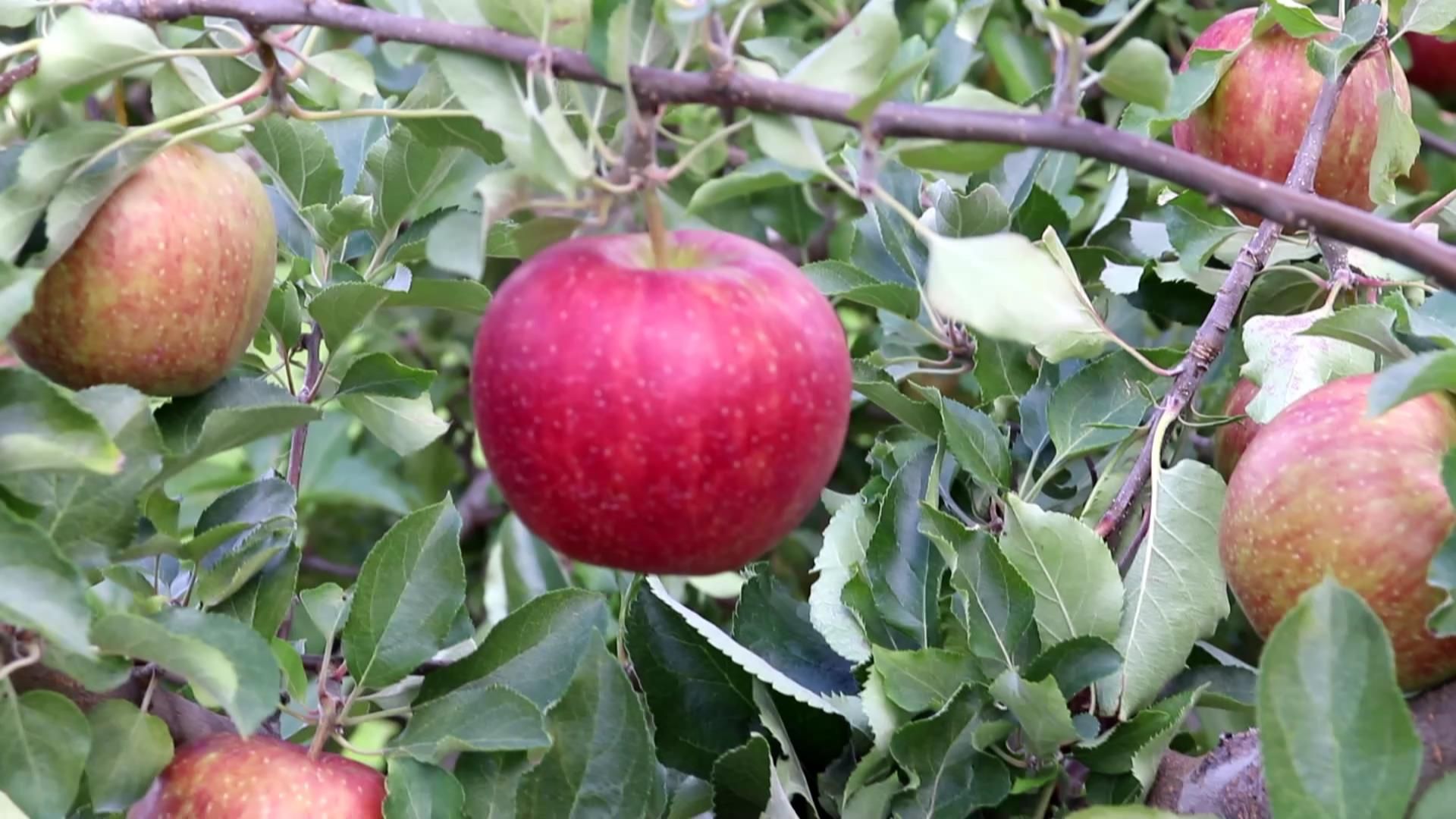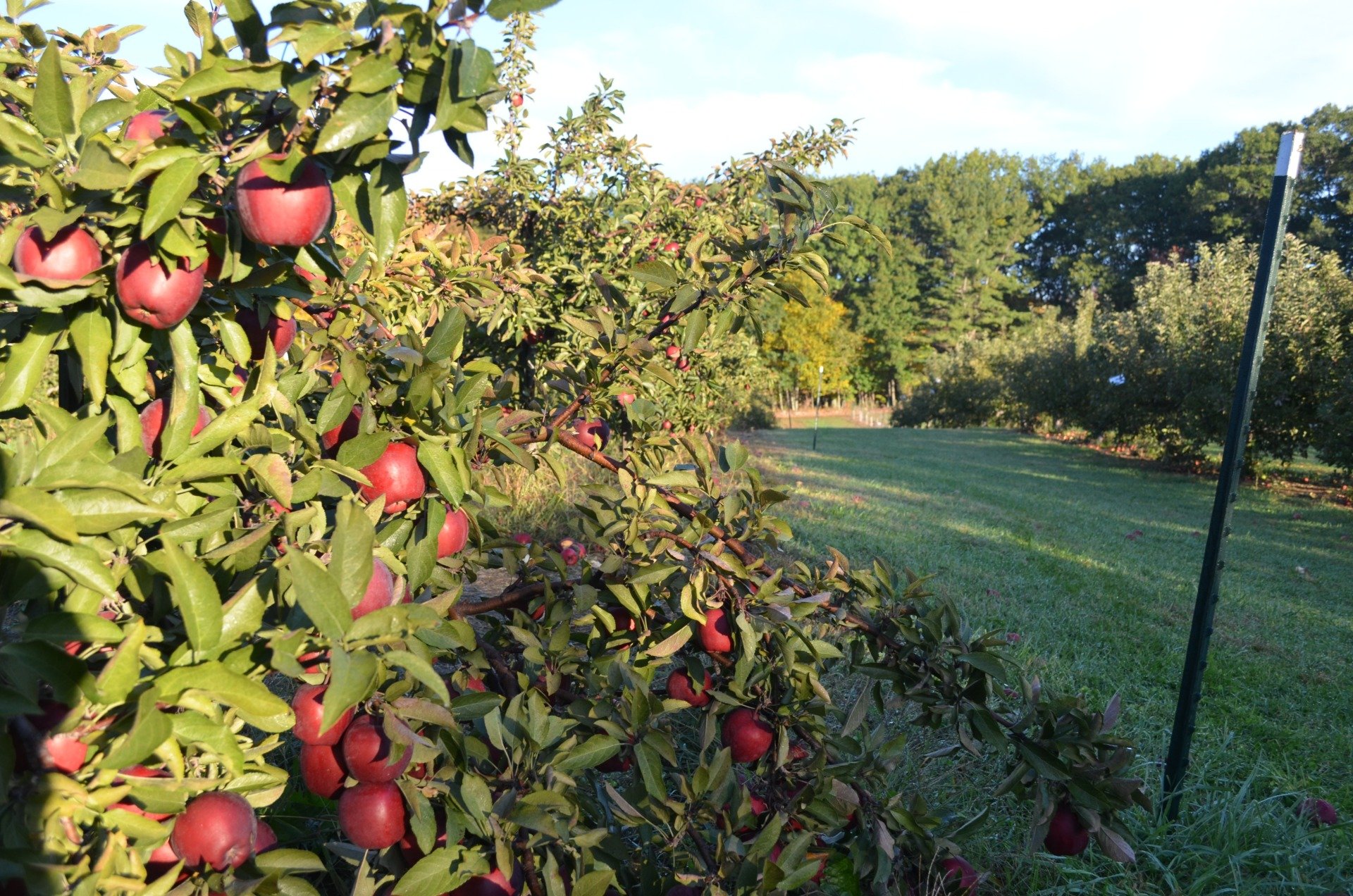Dame Farm and Orchards , LLC - Good Conduct Rules
●All Visitors MUST check in at Farm-Stand or Information Booth.
●No Pets allowed on Farm or in the Orchards.
●No CLIMBING any Trees, Benches, or tables.*****
●No Throwing Apples, Rocks, Corn, or any other object ******
●No Recreational/Sporting Equipment Allowed.
●No Running in the Orchard or on Farm.
●No Pulling, or Sitting on Tree Limbs.
●Visitors are not allowed near any Farm Ponds.
●Customers MUST PAY for ALL product they have picked!
●Back –Packs, Large Shopping Bags and other containers are not
permitted in the Orchard.
●No Trespassing in Any Private Out Buildings, Work Shops, or Private
Family Areas!
❖All of the Above Rules of Conduct are for the SAFETY and
Protection of ALL our Customers and Employees. These
rules have come forth from years of providing the safest
environment on our Family Farm and Orchard Business as
possible.
❖We are very grateful that You, and Your Family have visited
our Family’s Farm, Orchard and Home this season.
❖The Dame Family Thanks You For Your Patronage!
The apples you will find and pick at Dame Farm and Orchards LLC
The McIntosh
The Gala
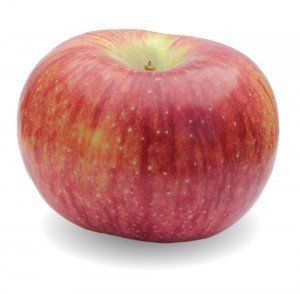
The Cortland
The Red Delicious
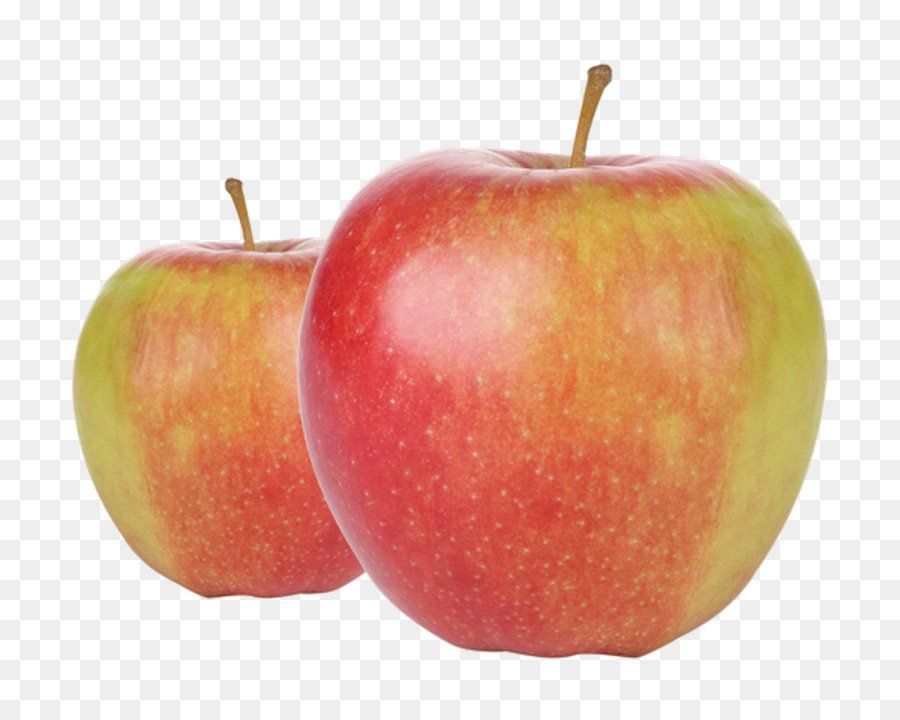
The Jonagold
The Empire

The Idared
The Macoun
